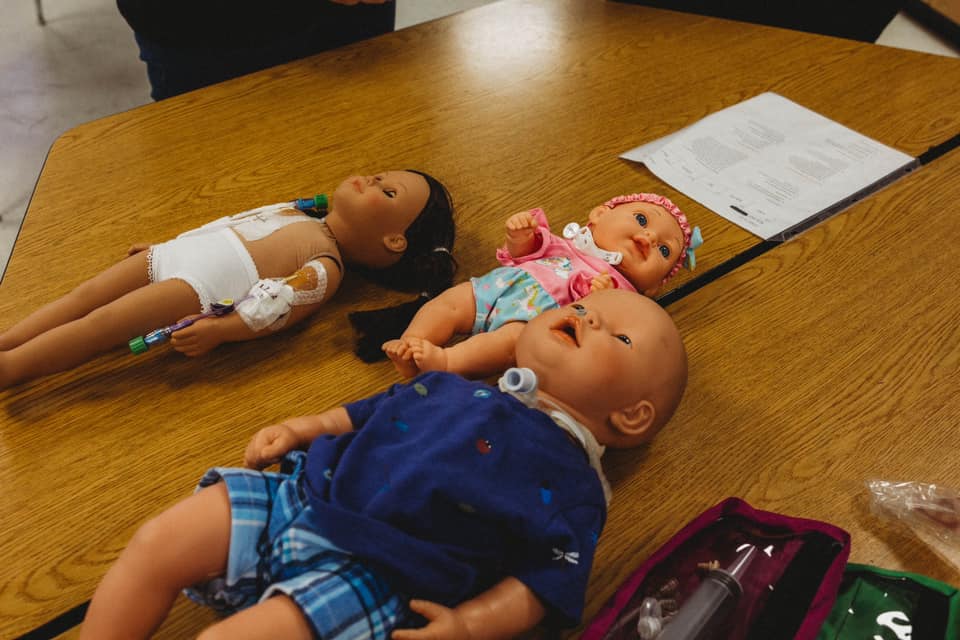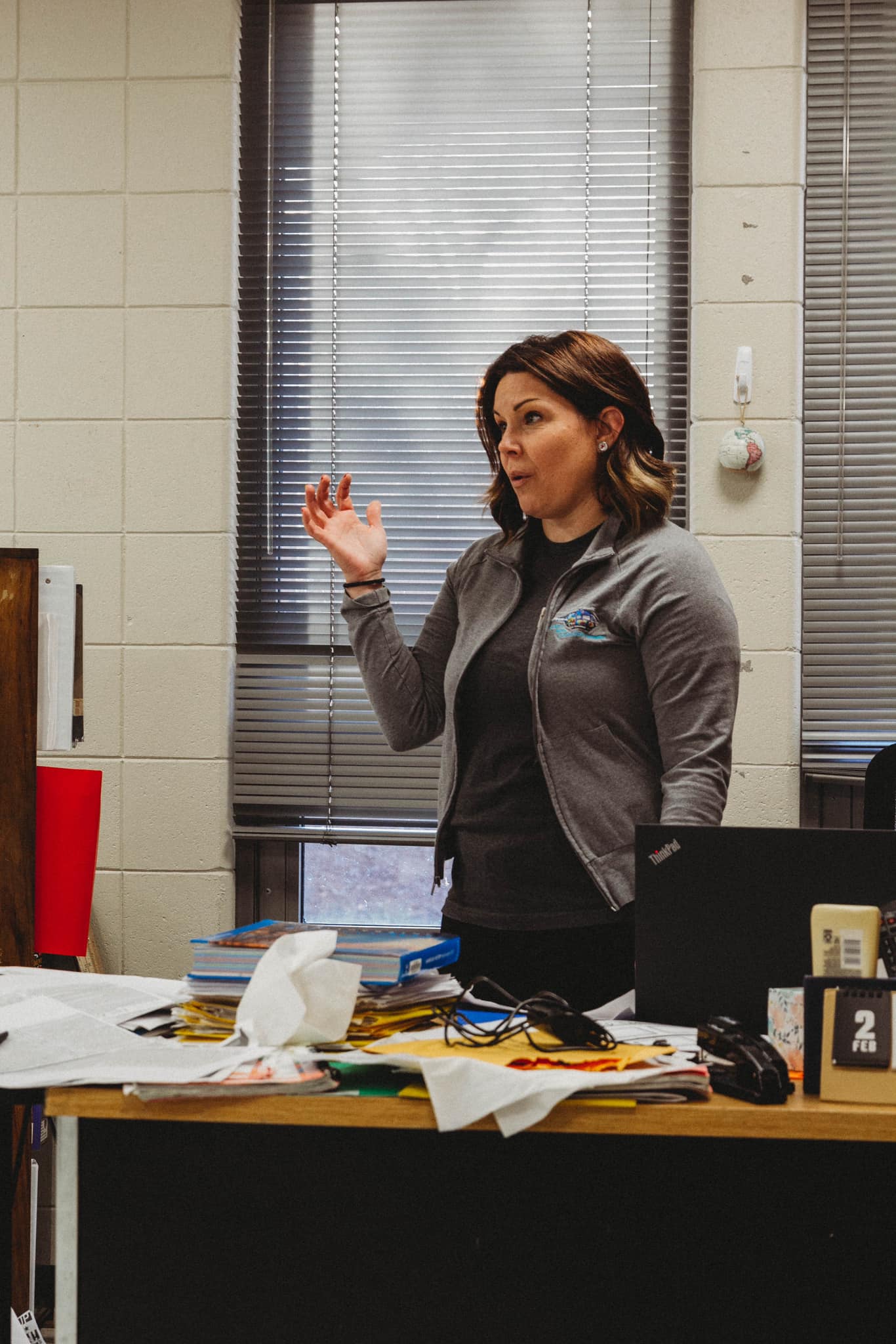We Are On A Mission To Help Children
The overall mission of the Missouri Emergency Medical Services for Children (MOEMSC) Program is to reduce pediatric morbidity and mortality due to acute illness and injury by building a strong, sustainable network of health care providers that promotes quality, evidenced-based emergency care for pediatric patients. This mission will be achieved through increased education opportunities, process improvement projects, and advocacy efforts.


EMSC Performance Measures
| National Performance Measure | Measure | National Baseline | National Target | Data Source | Data Collection Frequency* | Assessment & Survey Timeframe |
|---|---|---|---|---|---|---|
|
1.1: Hospital Emergency Department Pediatric Readiness Recognition Program (formerly EMSC 04 & 05) |
States/jurisdictions have a standardized pediatric readiness recognition program for EDs |
2020: 29% |
59% |
Grantee Performance Report |
Annual |
Not Applicable |
|
1.2: Hospital Emergency Department Pediatric Emergency Care Coordinator |
Hospital EDs have a designated PECC |
2021: 46% |
75% |
National Pediatric Readiness Assessment |
Every Five Years (2026) |
Three to Four Months |
|
1.3: Hospital Emergency Department Weigh and Record Children's Weight in Kilograms |
Hospital EDs weigh and record children's weight in kilograms |
2021: 74% |
84% |
National Pediatric Readiness Assessment |
Every Five Years (2026) |
Three to Four Months |
|
1.4: Hospital Emergency Department Disaster Plan |
Hospital EDs have disaster plans that address the needs of children |
2021: 47% |
75% |
National Pediatric Readiness Assessment |
Every Five Years (2026) |
Three to Four Months |
| National Performance Measure | Measure | National Baseline | National Target | Data Source | Data Collection Frequency* | Assessment & Survey Timeframe |
|---|---|---|---|---|---|---|
|
2.1: Prehospital Emergency Medical Services Pediatric Readiness Recognition |
States/jurisdictions have a standardized pediatric readiness recognition program for prehospital EMS agencies |
2021: 7% |
59% |
Grantee Performance Report |
Annual |
Not Applicable |
|
2.2: Prehospital Emergency Medical Services Pediatric Emergency Care Coordinator (Formerly EMSC 02) |
Prehospital EMS agencies have a designated PECC |
2022: 36% |
50% |
EMS for Children Survey |
Annual |
Three to Four Months |
|
National Prehospital Pediatric Readiness Assessment |
Every Five Years (2024) |
|||||
|
2.3: Prehospital Emergency Medical Services use of Pediatric- Specific Equipment (Formerly EMSC 03) |
HPrehospital EMS agencies have a process for pediatric skills-check on the use of pediatric equipment |
2022: 26% |
46% |
EMS for Children Survey |
Annual |
Three to Four Months |
|
National Prehospital Pediatric Readiness Assessment |
Every Five Years (2024) |
|||||
|
2.4: Prehospital Emergency Medical Services Disaster Plan |
Prehospital EMS agencies have disaster plans that address the needs of children |
0% |
75% |
National Pediatric Readiness Assessment |
Every Five Years (2026) |
Three to Four Months |
| National Performance Measure | Measure | National Baseline | National Target | Data Source | Data Collection Frequency* | Assessment & Survey Timeframe |
|---|---|---|---|---|---|---|
|
3.1: Family Representation on EMSC State Advisory Committee |
States/jurisdictions have a family representative on their EMSC state advisory committee who represents the emergency needs of children in their community |
98% |
100% |
Grantee Performance Report |
Annual |
Not Applicable |
| National Performance Measure | Measure | National Target | Data Source | Data Collection Frequency* |
|---|---|---|---|---|
|
I: Established Permanence of EMSC (Formerly EMSC 08) |
Degree to which the state has established permanence of EMSC in the state EMS system |
5 |
Grantee Performance Report |
Annually |
|
II: Established Permanence of EMSC by Integrating EMSC Priorities into Status/Regulations (Formerly EMSC 09) |
Degree to which the state has established permanence of EMSC in the state EMS system by integrating EMSC priorities into statutes or regulations |
11 |
Grantee Performance Report |
Annually |
